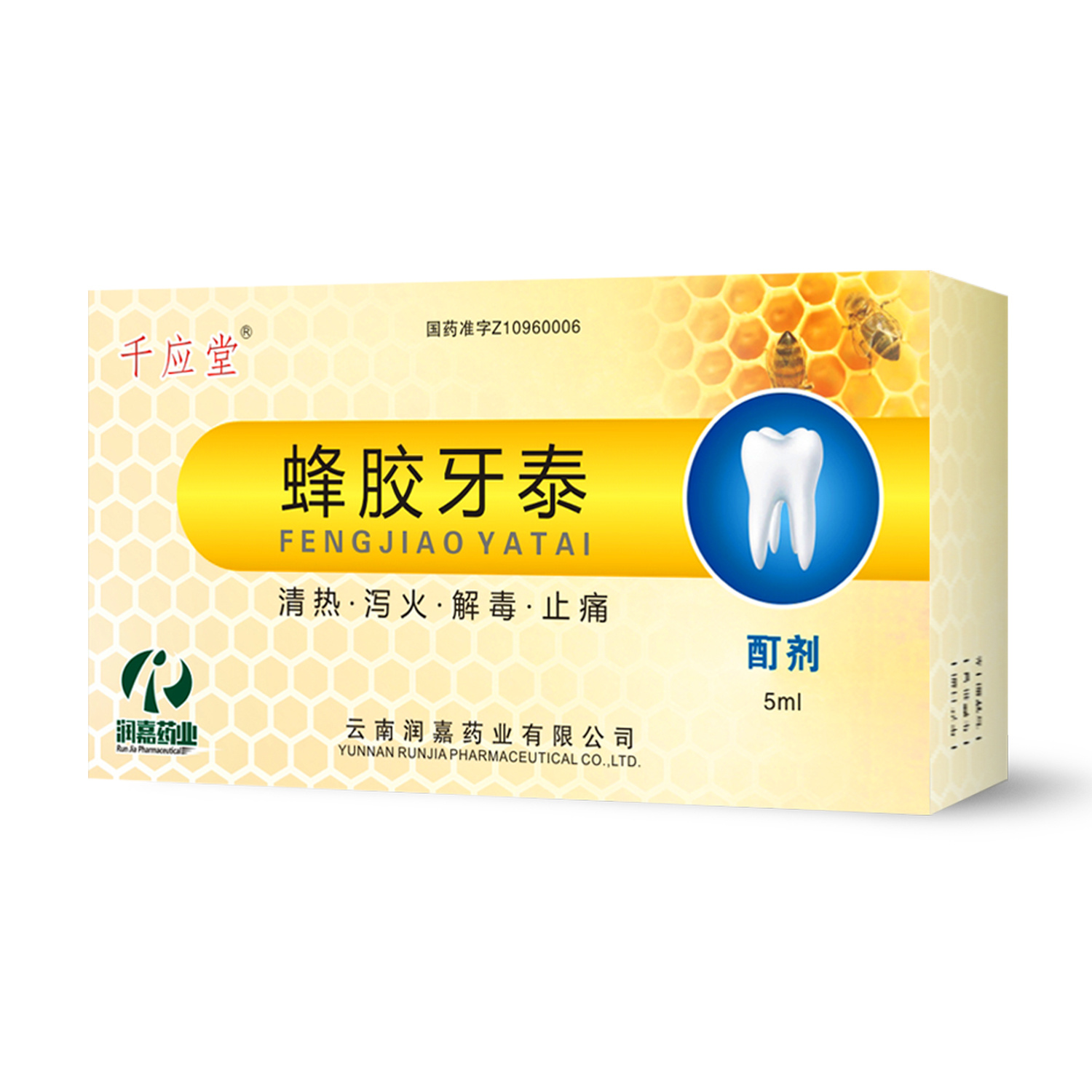
Specifications
| Packaging Specifications | 20kg/bag/barrel |
| Product Specifications | Total content of R1, Rg1, Re, Rb1, and Rd ≥75% (HPLC) |
| Implementation Standard | 2020 Edition of the Chinese Pharmacopoeia, First Supplement |
| Production Registration Number | ZTCB20160060滇002 |
Panax Notoginseng Saponins (PNS) are natural active ingredients extracted from the roots and stems of Panax notoginseng, a plant in the Araliaceae family. They mainly contain more than ten types of triterpene saponins, including ginsenosides Rg1, Rb1, Rd, and notoginsenoside R1. Their core pharmacological effects include: improving microcirculation by inhibiting platelet aggregation and regulating vascular endothelial function; scavenging free radicals and enhancing SOD activity to resist oxidative stress; and inhibiting the NF-κB inflammatory pathway to reduce the release of pro-inflammatory factors such as TNF-α. Studies have shown that PNS can also induce apoptosis by blocking the tumor cell cycle (such as the S phase), and significantly inhibit angiogenesis of the chick chorioallantoic membrane in angiogenesis models.
Application Areas
I. Pharmaceutical Field
1. Treatment of cardiovascular and cerebrovascular diseases: Preparations such as Xuesaitong soft capsules (Li Ru Wang) dilate blood vessels, protect against myocardial ischemia, significantly improve neurological deficits in patients recovering from stroke, and reduce the frequency of angina pectoris attacks in coronary heart disease. Clinical studies show that the "Ali therapy" used in combination with aspirin enhances antiplatelet effects while reducing gastrointestinal side effects.
2. Tissue protection and repair: In myocardial ischemia-reperfusion models, PNS reduces myocardial cell damage by inhibiting Caspase-3 activation and the mitochondrial apoptosis pathway. Its protective effect on cerebral ischemia is manifested by reducing intracranial pressure and promoting nerve cell regeneration.
3. Inflammation and immune regulation: Studies on adjuvant arthritis rats have confirmed that PNS can downregulate the pro-inflammatory factor IL-1β and upregulate the anti-inflammatory factor IL-10, achieving immune balance.
II. Cosmetics Field
1. Anti-aging repair: Products such as the Pien Tze Huang Time-Honored Gift Set improve skin elasticity and reduce wrinkles by adding PNS. Clinical tests show that its antioxidant effect is superior to some vitamin C preparations.
2. Sensitive skin care: Gels containing PNS can relieve skin redness, enhance barrier function by improving microcirculation, and have no risk of hormone interference.
III. Food and Functional Beverages
Health additive: Adding PNS to functional beverages can relieve fatigue and assist in the development of fat-reducing foods by regulating lipid metabolism. For example, an antioxidant beverage formulated with Litsea cubeba extract is in the market verification stage.
Development Prospects
1. Market growth: The global PNS market size is expected to grow at a compound annual growth rate of 3.7%, reaching US$261 million in 2031. As the main producing area, Wenshan Prefecture has achieved a comprehensive output value of 35.151 billion yuan for Panax notoginseng in 2023 through the development of the entire industrial chain, aiming to exceed 100 billion yuan by 2030.
2. Technological innovation:
(1) Nanomedicine delivery system: PLGA nanoparticles can increase the transdermal absorption rate of PNS by 3 times, and their targeted delivery capability is superior to traditional preparations in angiogenesis inhibition experiments.
(2) Extraction process upgrade: Supercritical CO2 extraction technology achieves a saponin purity of 98% while retaining biological activity. Relevant production lines have passed FDA GRAS certification.
3. Cross-border expansion: From a single component to multi-target synergistic development, such as combining with probiotics to regulate intestinal flora, or combining with nanocarriers to develop targeted anti-tumor drugs.
4. Sustainability: High-value utilization of Panax notoginseng processing by-products (such as residues after saponin extraction) is in line with the circular economy trend and can reduce raw material costs by more than 30%.
Safety and Challenges
Acute toxicity tests show that the median lethal dose (LD50) of PNS is >10000 mg/kg, but attention should be paid to individual allergic reactions and coagulation dysfunction that may be caused by long-term use. The 2025 edition of the Chinese Pharmacopoeia will increase the PNS content standard from 5% to 6%, promoting industry quality upgrades. With the deepening of the natural ingredient trend and the increasing demand for precision medicine, the potential of PNS in neurodegenerative diseases and adjuvant cancer therapy will be accelerated.

Total saponins of Panax notoginseng
Contact Us









